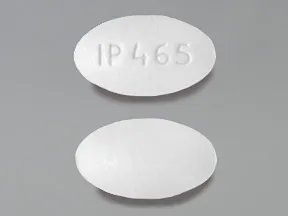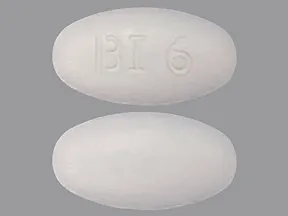
If your veterinarian has prescribed gabapentin for your dog, either by itself or in combination with another drug, it is probably because it is the best drug for your dog’s situation. As these drugs target different pain mechanisms they mesh together to more effectively control pain than either one alone. It is also commonly combined with tramadol or NSAIDs such as carprofen or gapriprant for pain relief. Gabapentin is commonly used with a cocktail of other anti-seizure drugs to control seizures. But don’t combine Gabapentin with other drugs or supplements without first consulting your veterinarian. The Chill Protocol, a management solution for aggressive and fearful dogs, combines gabapentin with both melatonin and acepromazine to reduce a dog’s fearful or aggressive behavior at veterinary visits. The combination is so popular that it even comes pre-blended in a single pill. One such popular combination is trazodone and gabapentin to treat anxiety. Gabapentin is often used together with other drugs. It is usually given two to three times a day.Ĭan You Use Gabapentin and Trazodone Together for Dogs? It can be given with or without food and reaches maximal effectiveness from one to three hours after it’s given, and its effects will be gone in 24 hours (possibly longer if your dog has liver or kidney problems). If your dog is extremely small, or won’t take pills, a compounding pharmacy can make gabapentin in smaller pills or in a safe liquid.įollow your veterinarian’s advice concerning dosage and timing. A liquid form is also available, but it is sometimes formulated with xylitol and thus not safe for dogs. Gabapentin is an oral medication that comes in either 100-milligram, 300-milligram, or 400-milligram pills labeled for humans. If your dog is taking gabapentin before any procedure requiring anesthesia, although it is generally safe, they may wish to reduce the dosage temporarily.

Let your vet know if your dog is also taking any form of antacids or of opioids such as hydrocodone or morphine.Īntacids can interfere with gabapentin’s absorption, and opioids can alter gabapentin’s metabolism.

Your vet will likely start with a low dose and work up to higher doses. Recommended doses vary from 5 milligrams every 12 hours to 10 to 30 milligrams every 8 hours. Your veterinarian may want to monitor kidney and liver blood values when using gabapentin long-term. So dogs with kidney or liver problems may have more prolonged side effects. More rarely, vomiting and diarrhea have been reported.Īlthough gabapentin is only metabolized through the kidneys in humans, research shows that in dogs it’s metabolized through both the kidneys and liver. Both side effects generally go away within 24 hours. The most often reported side effects of gabapentin in dogs are sedation and loss of coordination, both of which can be worse the first time the dog takes the medicine. It is not the most effective drug for many conditions, it can interact with other drugs, and it does have side effects. Don’t give gabapentin without your veterinarian’s advice. This artificial sweetener is safe for humans but is toxic and even fatal to dogs. The reason isn’t the gabapentin, but the xylitol it’s usually mixed with. Never give your dog liquid gabapentin made for humans.


Overall, gabapentin is safe, but do follow certain precautions.


 0 kommentar(er)
0 kommentar(er)
